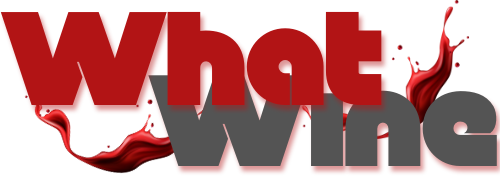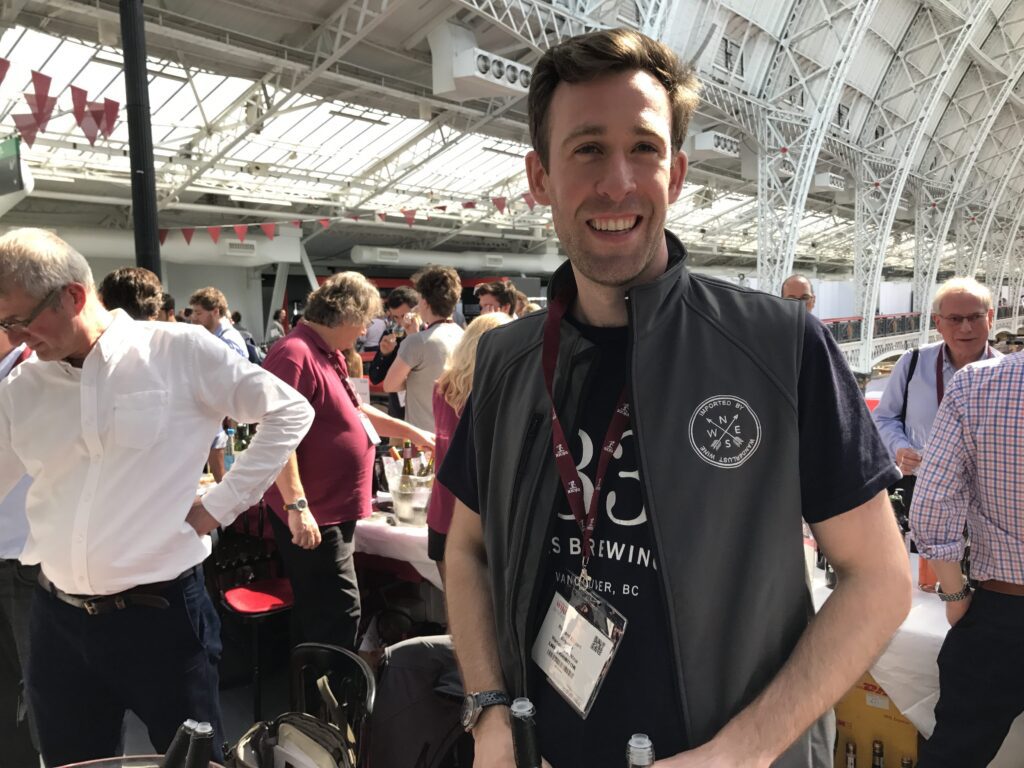Wanderlust Wine quickly found its place among other specialist independent wine importers in the trade, thanks to the personality of founder Richard Ellison and the technology that helps drive the business forward.
If you're starting a new business, one of the hardest things to get right is what to call yourself. It may seem more obvious, but most companies rarely call themselves their first choice. Because in this increasingly online world, you have to find a name that's not already registered, and it's on a website, or social media feed.
So the first thing that catches your eye about Wanderlust Wine is the cool name of what it does. Import wines from off the beaten track. Luck was shining brightly for founder Richard Ellison when he came up with the name Wanderlust. Not only had no one thought of it before, but they were also able to register it using the co.uk URL.
It's not like he's not doing something that a good number of others haven't done before him. Starting a small business to import wine and source wines from previously undiscovered wineries around the world has become the ideal business model for any new wine distribution company these days.
All you have to do is look at the long row of stacked tables in the Esoterica section at this year's London Wine Fair to see what a competitive market Ellison and Wanderlust Wines have entered.
Find your niche
Wanderlust Wine had to find its own way to find its place in the wine world
But it's fitting that he's been able to find a part of the Internet that no one else in the wine business has ever discovered to his name, because the world of the Internet and technology is what sets Wanderlust Wines apart from a lot of its competitors.
The fact that Wanderlust has a full-time team of just three people, plus two part-time IT programmers and developers, tells you a lot about where this business is built.
But before we get to that, understanding Richard Ellison's past as a corporate banker is also important in understanding what Wanderlust Wine is trying to do.
Ellison takes up the story: “I spent my career in banking working in trade and corporate finance where I used to lend money to companies. So I've come across my fair share of good and bad business plans over the years.
One lesson he learned is to take your time and get the business model right. That's why it took about two and a half years from coming up with a concept for Wanderlust Wines to bringing it to market. Primarily because Ellison was trying to protect his salary by continuing his career in banking while creating the wine company. “I officially started in September 2015 and left the bank in March,” he says.
Technology first
He realized that discovering interesting wines from around the world was only part of the solution. He had to think of an effective way to deliver it to customers; Whether for on-trade restaurants and bars or online consumers.
“The company has spent a lot of money on programming to improve our e-commerce model. This now means that anyone can order a bottle of wine from my site and have it delivered to their home, and the company is doing the absolute minimum. “This is a scalable business model.”
The Wanderlust system consists of electronic competencies that combine website ordering, warehouse and inventory management, order fulfillment, customer relationship management, and accounting automation. Outsourcing core services is also a key feature of the Wanderlust Wine model. “This means we are able to offer a different type of service straight away. That's why I think there's still enough room for us in the market. “We looked closely at e-commerce models and then looked at what steps we could take and automate,” he explains. “We're bringing hipster technology to wine.”
Rather than looking at the logistics side of the business as a way to get the product to your customer, it is central to the success of Wanderlust Wine, Ellison emphasizes. So much so that it has an office in its logistics partner's offices in London.
Lateral thinking
Ellison certainly has a different mindset than many of his competitors. This may come from his degree in Food and Wine Technology and his initial career spent as a food scientist at Unilever working on brands like Pot Noodle.
But during his time at Barclays he was able to hone his business skills. “It was a huge learning curve. You always had to make 50/50 decisions and learn about new industries and business models very quickly. You were analyzing the market across a lot of different sectors.”
Discover wine
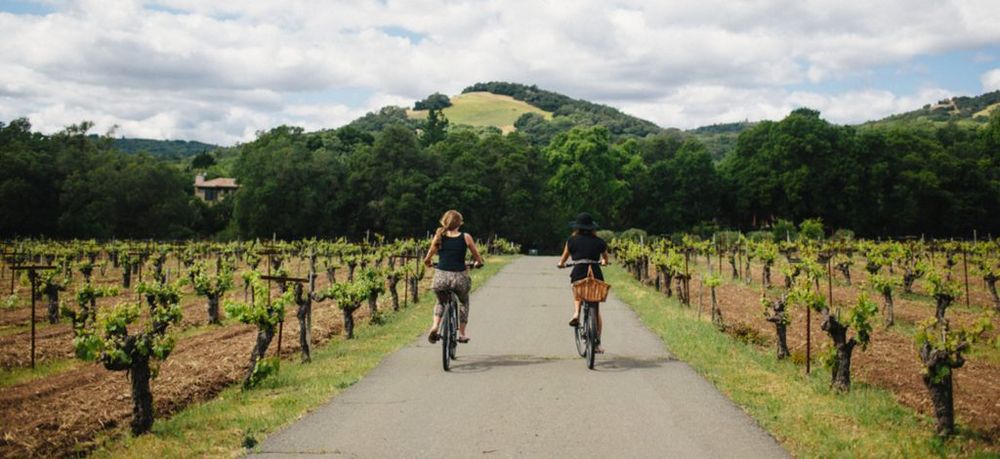
Getting out and spending time in regions like Sonoma Valley is how Ellison not only found his wines, it gives Wanderlust Wine its competitive edge
In fact, his love of wine came via an old college friend, who despite taking student quotas, was obsessed with white wine. “So he stubbornly piqued my interest,” Ellison recalls.
From there he set out on his own journey of discovery, and through his love of traveling and spending quality time in different countries, especially Australia and the United States, he slowly began to taste and see different styles of wine.
His banking career included a short period living and working in New York where he was able to discover more about American wine.
From then on the concept for Wanderlust Wines began to take shape. He looked at the UK market and unlike a couple of specialists felt there was scope for importing some American wines into the UK.
So, armed with sample bottles from the initial list of producers, he spoke to sommeliers and restaurateurs in the trade to find out what they thought of the wines he came across. “You need a degree of confidence that your business model will work. Feedback is a gift, not a hindrance.”
No risk approach
As for producers, it was, and still is, offering them a “no-risk” opportunity to get listings in a market they had never considered before.
Unsurprisingly, this 'no risk' option was an offer that other producers around the world were happy to accept. But Ellison is pretty clear about the type of producer he's looking to work with.
“We are looking for small producers who are off the beaten track, but must be sustainable in the way they do business. This does not mean that it must necessarily be biodynamic or organic, but you must be able to trust its story. How it is made is important By interest, we really mean Australian producers making wines with authentic Italian varietals, low-alcohol Cabernet Franc from Fruili, or exploring new countries like Romania and Slovenia.
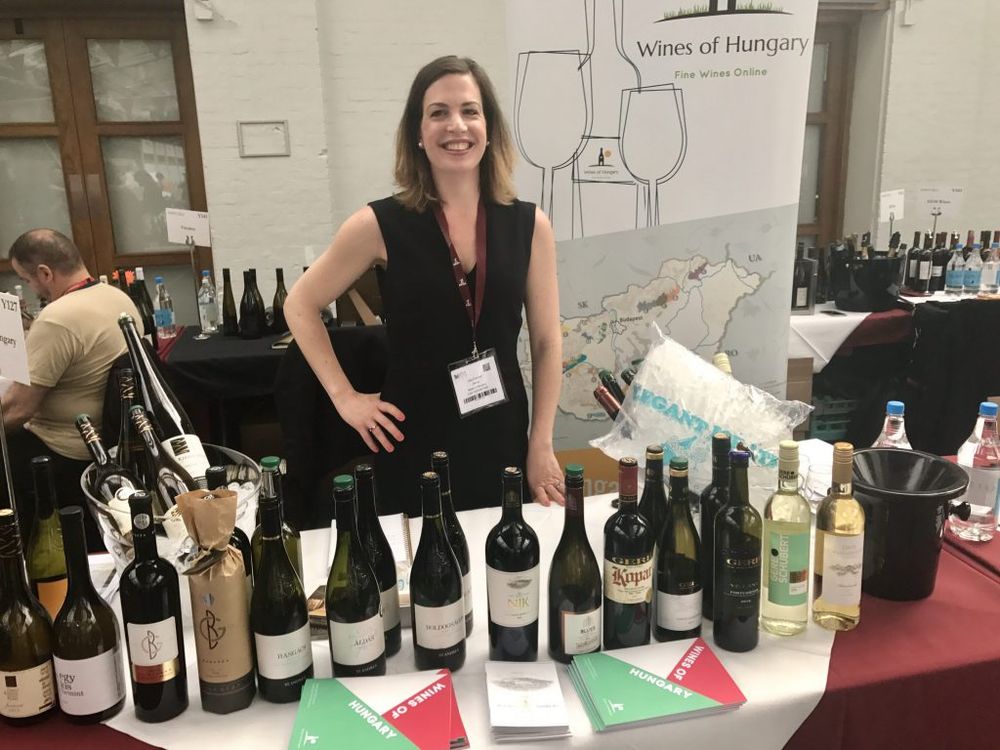
Ellison was part of a recent trade trip to Hungary featuring Oz Clarke and Anthony Rose and organized by Leila O'Connor of Wines of Hungary.
He's excited about some new wines from Israel and Japan (“It's Underappreciated”) (“It's Not Just About Koshu”) to whose terms he now agrees. Plus wines from a recent trade trip to Hungary where he joined Oz Clarke, Anthony Rose and other key wine industry figures on a fact-finding tour.
He says his approach to finding new wines is “the fun part” of the job. “I love traveling and going to a remote village in, say, Spain or Italy and sitting down for a drink in a local bar and chatting with people. The waiters about where they're going, what wines they recommend. I do the same thing on social media. I was recently in Napa And I went on Instagram and asked people locally where I should go and who I should see. People really respond to this direct approach.
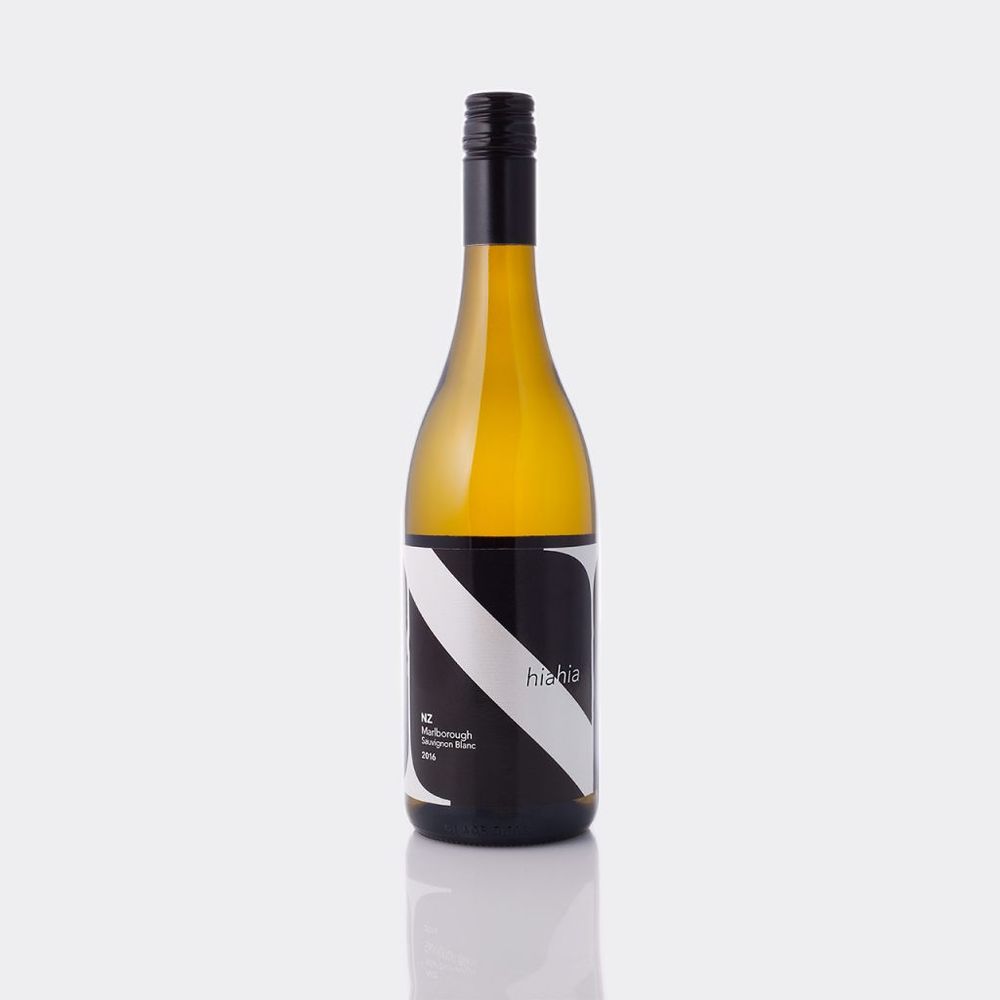
Hiahia from New Zealand I Wanderlust Wine The first wine to carry its own label
He is about to launch his own wine – Hiahia – which will come to the market from New Zealand at the end of the month. It's usually an offbeat story about how he met a farmer during a recent trip who was more interested in showing off the quality of his manure than his grapes. “It is the manure that gives the vines the protection they need which results in less spraying,” Ellison explains. He expects more specialty wines to follow.
He admits that finding the time to spend weeks or months in a particular country researching new wines will be more difficult as the company grows.
Directly to consumers
He took his straightforward approach to finding new wines when selling wine to consumers. “Wine is ultimately about people, and if you can connect with them on social media they might buy your wine. We now have connections on Instagram with people from over 35 countries around the world. We are looking for the type of consumer who loves their wine and interacts online so We get to talk to them, they're a slightly younger audience demographically.
His wines may be off the beaten track, but their price points are not. Wine prices on his site range from around £8.80 to £130, with the average price per bottle being £13.
Wanderlust also runs its own membership service where you can choose from different tiers ranging from £25 a month to £75 a month and have wine delivered to you for an average of £10.
Go to trade first
The mix between business and consumer sales currently ranges from 40% to 60%, but Ellison is keen to shift the focus to the business side. “I would change that to 30% e-commerce, 70% commerce,” he says.
To do that, he'll need more help from his tech guys to look at what custom models they can offer to help give Wanderlust Wine the edge in the next stage of development. Whether that's bringing more consumers to its site, or building its customer base which already includes the likes of Chez Bruce and Chiltern Firehouse.
But it also relies on the good old business sense to learn and improve. He recently held a focus group evening with some of his clients online at his home. Through homemade food, a few bottles of wine, and focused questioning, the team was able to hear first-hand what they needed to do and what they could do better.
He admits he'll have to be a little less so. He is currently writing a personalized Christmas card to all of his clients. “But that personal touch is really important.”
Ellison and Wanderlust Wine have come a long way in a short period of time. But you feel like they haven't even started yet.
